So, you are buying a diamond ring to propose? What to buy—natural or lab-grown diamonds? Before you decide, you must know it’s essential to recognize both natural and lab-grown diamonds based on their set of unique attributes and benefits.
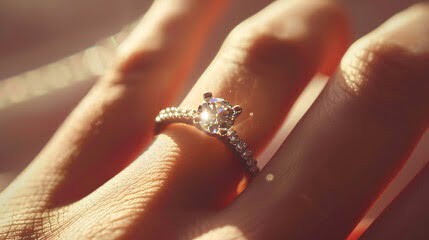
Here’s a look at how both the diamonds may stand out.
Know The Difference Between Two Diamonds!
Let us understand the crucial difference between natural and lab-grown diamonds, which will help you to make a more informed choice when buying your engagement ring.
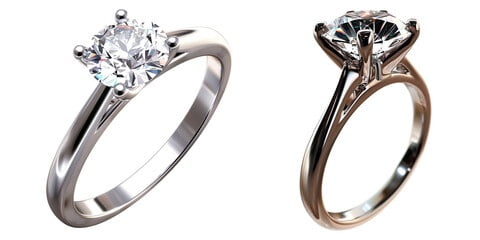
These facts will help you to decide between a real (natural) diamond and a lab-grown diamond for an engagement ring.
Know The Story Behind The Creation Process!
Natural Diamonds
Natural diamonds are formed naturally deep within the Earth’s mantle, typically around one hundred forty to one hundred ninety kilometers below the surface under intense heat and extreme pressure.
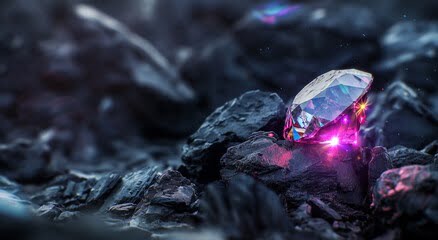
Even though the US Federal Trade Commission or the FTC asserts that diamonds contain only traces of pure carbon, you will find traces of nitrogen and rarely boron with some foreign materials attached to a diamond as it remains underground for millions of years. The presence of nitrogen is responsible for the yellowish color of the diamond, whereas boron gives it a blue color.
Lab-Grown Diamonds
On the other hand, lab-grown diamonds are created in a controlled laboratory environment, imitating the natural diamond formation process. Lab-grown, cultured, or engineered diamonds are manufactured in an intensively controlled environment where scientists try to replicate the natural conditions of the Earth’s mantle where the natural diamonds are found.
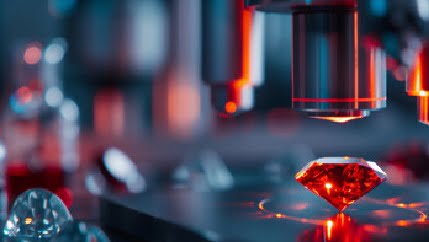
Labs use Chemical Vapor Deposition (CVD) or High-Pressure High-Temperature (HPHT) to produce lab-grown diamonds. These processes are so sophisticated that since July 1, 2019, the Gemological Institute of America (GIA) has stopped using the term “synthetic” for lab-grown diamonds. So, it has become impossible to differentiate between “real” and lab-grown diamonds.
Which One Is Within The Pocket-Pinch?
Natural diamonds are typically 30% to 70% more costly than their Lab-grown counterparts due to their rarity and the lengthy mining process, cutting, and polishing. The price of natural diamonds depends on carat, cut, color, and clarity.
The natural diamonds are pricey because they are rare. Remember, these diamonds have a limited supply, especially the bigger and high-quality stones. The lab-grown diamonds are generally much cheaper than natural diamonds because they are easier to produce.
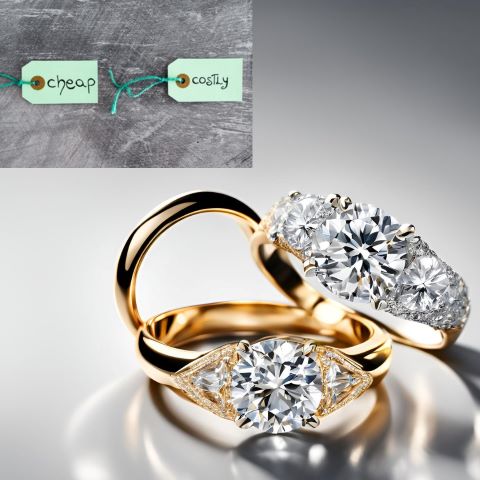
So, people with a limited budget prefer lab-grown diamonds because these are visually identical to natural diamonds. Both types have the same chemical composition, crystal structure, and optical properties, making them indistinguishable to the naked eye. Moreover, you will get larger stones of lab-grown diamonds for the same budget as smaller natural diamonds.
However, if you prefer a long-standing tradition, choose natural diamonds over lab-grown ones. For some people, owning a natural diamond is a matter of pride and not beauty. Besides this, natural diamonds have higher resale value compared to lab-grown diamonds.
Which Is More Environment-Friendly?
As lab-grown diamonds don’t involve mining, they are more ethical and environment-friendly because they produce a smaller carbon footprint. Some lab-grown diamond-producing companies produce a negative carbon footprint. Moreover, most laboratories follow the general rules and regulations concerning diamond production and carry out the entire production process in a safe environment.

On the other hand, natural diamonds have severe environmental impacts as they lead to deforestation and destruction of the ecosystem, especially in ecologically sensitive areas. Diamond mining operations also significantly contribute to greenhouse gas emissions. Moreover, mining natural diamonds can disrupt the ecosystem, especially open-pit and marine mining.
Conclusion
Gemmological institutions such as the Gemmological Institute of America (GIA) or the International Gemmological Institute (IGI) certify both. GIA has also stopped using the word “synthetic” for lab-grown diamonds. So, the choice of the ring depends on your interests, values, and budget.
Always remember that natural diamonds are valued for their rarity and historical significance, while lab-grown diamonds offer a more sustainable and cost-effective option. Keeping this in mind, choose your ring!

So, which one are you choosing for your beau?


